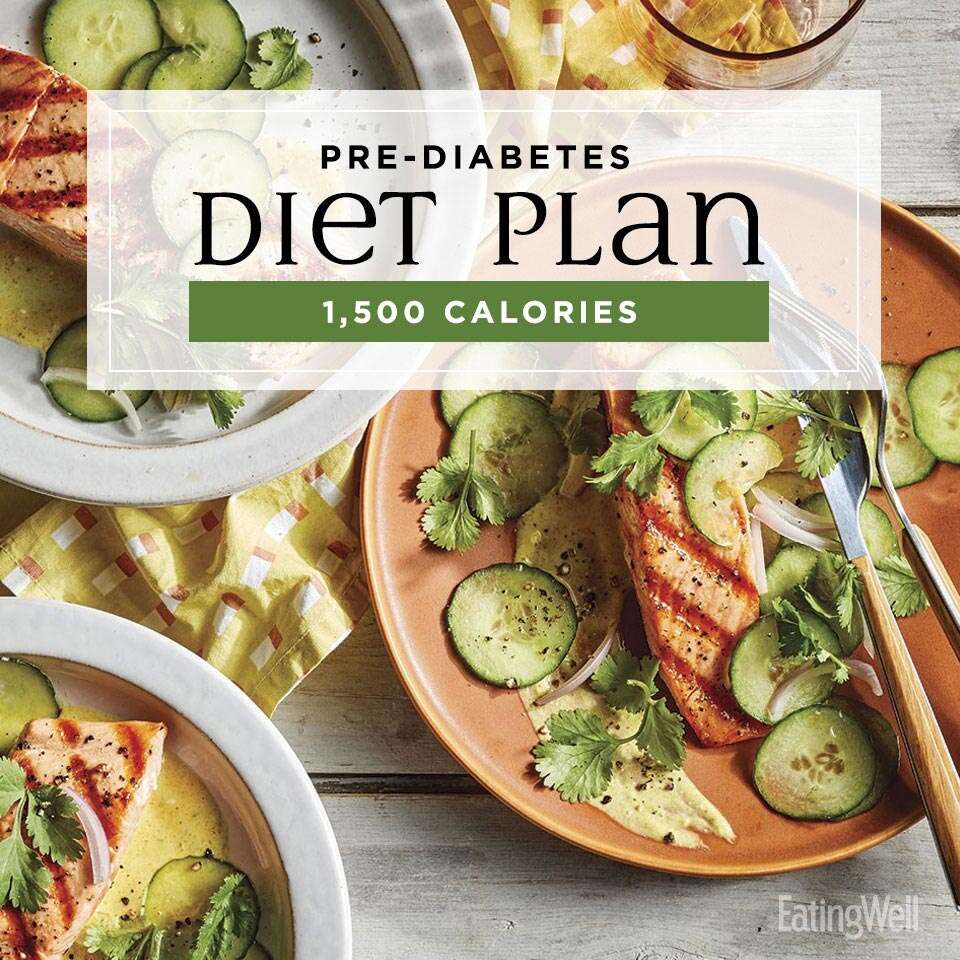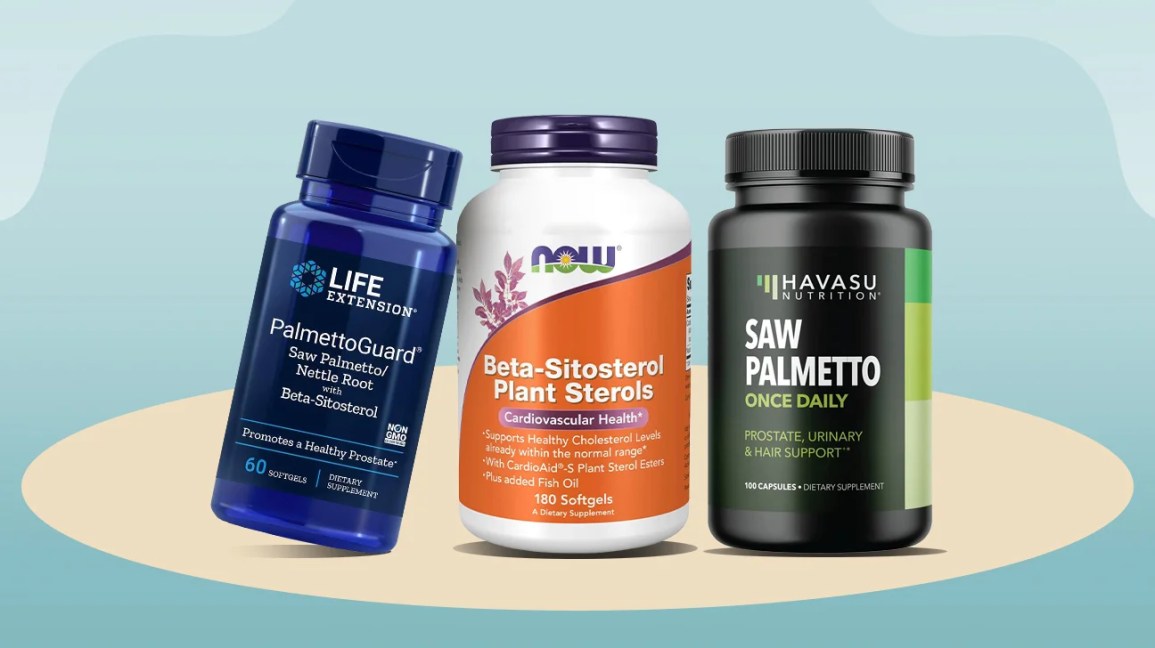
If you want to eat a plant-based diet that is affordable, it's important to know how to shop seasonal. Tofu scramble, beans, peanuts and tofu are all great, affordable proteins. You can also grow your own vegetables to cut down on the cost of buying store-bought produce. Continue reading to find out more. The best way to make your plant-based diet cost-effective is to eat enough vegetables.
Seasonal shopping can be key to a budget-friendly plant-based diet
It is possible to save money by shopping seasonally. This will enable you to buy fresh produce at lower costs. Stock up on staples that are good for several months. These staples include canned beans, tomatoes, brown rice and steel cut oats. Peanut butter and almond butter are also good options. To make healthy and delicious snack bars, you can make your very own snacks or use pre-packaged vegetables or fruits.
Locally grown produce is the best. Locally grown plants are much cheaper and less damaging to the environment. Look out for farmers markets that have seasonal produce. You can sign up to receive weekly deliveries from a Community Supported Agriculture mailbox. If you cannot find what you are looking for at your local farmers' markets you may be able to buy frozen produce or make your own dishes.

You can get protein from beans, peanuts, tofu and tofu scramble.
You can easily add all nine essential amino oils to your diet, without needing to buy animal products. You can also mix a few different plant protein sources to get a wide range of protein and amino acids. Peanut butter can be added to wholemeal bread or beans. These foods are rich in fiber and protein. Beans can also be a cost-effective source of iron and copper as well as zinc.
Tofu is a good source of affordable protein. It can be made in many different ways. You can use it as a substitute for meat, or you can blend it into sauces and salad dressings. You can also add peanuts to your meal to make it more interesting. Tofu can be used in many dishes including soups and sandwiches.
Buy produce according to season
When possible, try to buy locally grown and seasonal foods. These foods are better for your health and more fresh. Strawberry from a local farmer will be more ripe and delicious than ones bought at a grocery shop. Buying in season also means you won't have to travel long distances to purchase them. It is common to pay more when you purchase out-of season produce. You can also get more nutrition if you pick your fruits and veggies at the right moment.
Choose a wide range of high-quality, affordable fruits and veggies for the grocery store. You can buy a lot of salad greens, as well as a few different varieties. Also, purchase a variety greens and berries. Some greens cost more than others. Pick a few greens that are both raw and cooked. Try to find seasonal, local produce at your local health food store, family-owned market, or other retail outlet. You must remember that variety is the key to a plant-based diet.

Home gardens can be used to offset the purchase of produce from stores
One way to cut food costs is to grow your own vegetables. You can have a bounty of fresh vegetables in your own garden for a fraction of the cost of buying them at the grocery store. The average American garden is 600 square feet. Although starting a garden is not free, the savings you will experience will far outweigh the initial cost. For example, four tomato plants will cost about $15, yielding 60 pounds of tomatoes. A pound can be bought at retail for as low as $1.77.
A home garden can help offset the cost of grocery store produce. This can have a major impact on your grocery bills. Your ability to grow the vegetables, how many you plant, and how much produce you harvest will determine how much savings you can make. Food gardens are a great way to save money and protect yourself from disease and drought. For pest control and disease prevention, you can plant herbs in your garden.
FAQ
What is the problem?
BMI is the acronym for Body Mass Index. It measures body fat based upon height and weight. The following formula can be used to calculate BMI.
Weight in kilograms divided by height in meters squared.
The result is expressed using a number from 1 to 25. Scores between 0 and 25 indicate obesity. Scores higher than 18.5 are considered overweight. Scores higher than 23 are considered obese.
A person of 100kg with a height of 1.75m will have 22 BMI.
Exercise: Good for immunity or not?
Your immune system is strengthened by exercise. Exercise increases white blood cell production, which helps fight off infection. You can also eliminate toxins from the body. Exercise helps prevent diseases like cancer and heart disease. It can also lower stress levels.
However, exercising too much can weaken your immune system. You can cause muscle soreness by working out too hard. This causes inflammation and swelling. Your body then needs to make more antibodies in order to fight infection. This can lead to allergic reactions and other autoimmune disorders.
So, don't overdo it!
How to measure bodyfat?
A Body Fat Analyzer (BFA) is the best method to measure bodyfat. These devices measure the body fat percentage in people who wish to lose weight.
Statistics
- This article received 11 testimonials and 86% of readers who voted found it helpful, earning it our reader-approved status. (wikihow.com)
- The Dietary Guidelines for Americans recommend keeping added sugar intake below 10% of your daily calorie intake, while the World Health Organization recommends slashing added sugars to 5% or less of your daily calories for optimal health (59Trusted (healthline.com)
- According to the 2020 Dietary Guidelines for Americans, a balanced diet high in fruits and vegetables, lean protein, low-fat dairy and whole grains is needed for optimal energy. (mayoclinichealthsystem.org)
- In both adults and children, the intake of free sugars should be reduced to less than 10% of total energy intake. (who.int)
External Links
How To
What does the word "vitamin" mean?
Vitamins are organic compounds naturally found in food. Vitamins help us absorb nutrients from foods we eat. Vitamins cannot be made by the body; they must be taken from food.
There are two types: water-soluble and fat-soluble vitamins. Water-soluble vitamins dissolve readily in water. Some examples include vitamin C,B1 and B2 vitamins (thiamine), B2 and riboflavin, B3 and niacin, B6 vitamins (pyridoxine), B6 vitamins (niacin), folic acids, biotin, pantothenic acids, and Choline. Fat soluble vitamins are stored in the liver and fatty tissue. You can find vitamin D, E K, A and beta carotene as examples.
Vitamins are classified based on their biological activity. There are eight main types of vitamins:
-
A – Essential for normal growth, and the maintenance of good health.
-
C – essential for proper nerve function.
-
D - Vital for healthy bones and teeth
-
E - required for good vision & reproduction.
-
K - Required for healthy nerves and muscles.
-
P - Vital for strong bones and teeth.
-
Q - aids digestion, absorption and absorption iron
-
R - Required for red blood cell production
The recommended daily intake (RDA), of vitamins varies with age, gender and physical conditions. The U.S. Food and Drug Administration has established the RDA values.
For example, the RDA for vitamin A is 400 micrograms per dayfor adults 19 years or older. However, pregnant women need 600 micrograms per day because it is important for fetal development. Children ages 1-8 require 900 micrograms per day. Infants under one year of age require 700 micrograms per day, but this amount decreases to 500 micrograms per day between 9 months and 12 months of age.
Children aged 1-18 require 800 micrograms of sugar per day, while those who weigh more than 1200 need 1000. For their nutritional needs, underweight children need 1200 mg per day.
Children aged 4-8 who have anemia are required to consume 2200 micrograms of Vitamin C daily.
Adults over 50 years of age need 2000 micrograms per day for general health. Breastfeeding or pregnant women require 3000 micrograms per daily due to higher nutrient demands.
Adults over 70 need 1500 micrograms daily, since they lose around 10% of their muscle mass every decade.
Women who are pregnant or lactating need more than the RDA. Pregnant and breastfeeding women require 4000 micrograms each day during pregnancy and 2500 Micrograms each day after birth. Breastfeeding mothers need to consume 5000 micrograms each day when breastmilk has been produced.